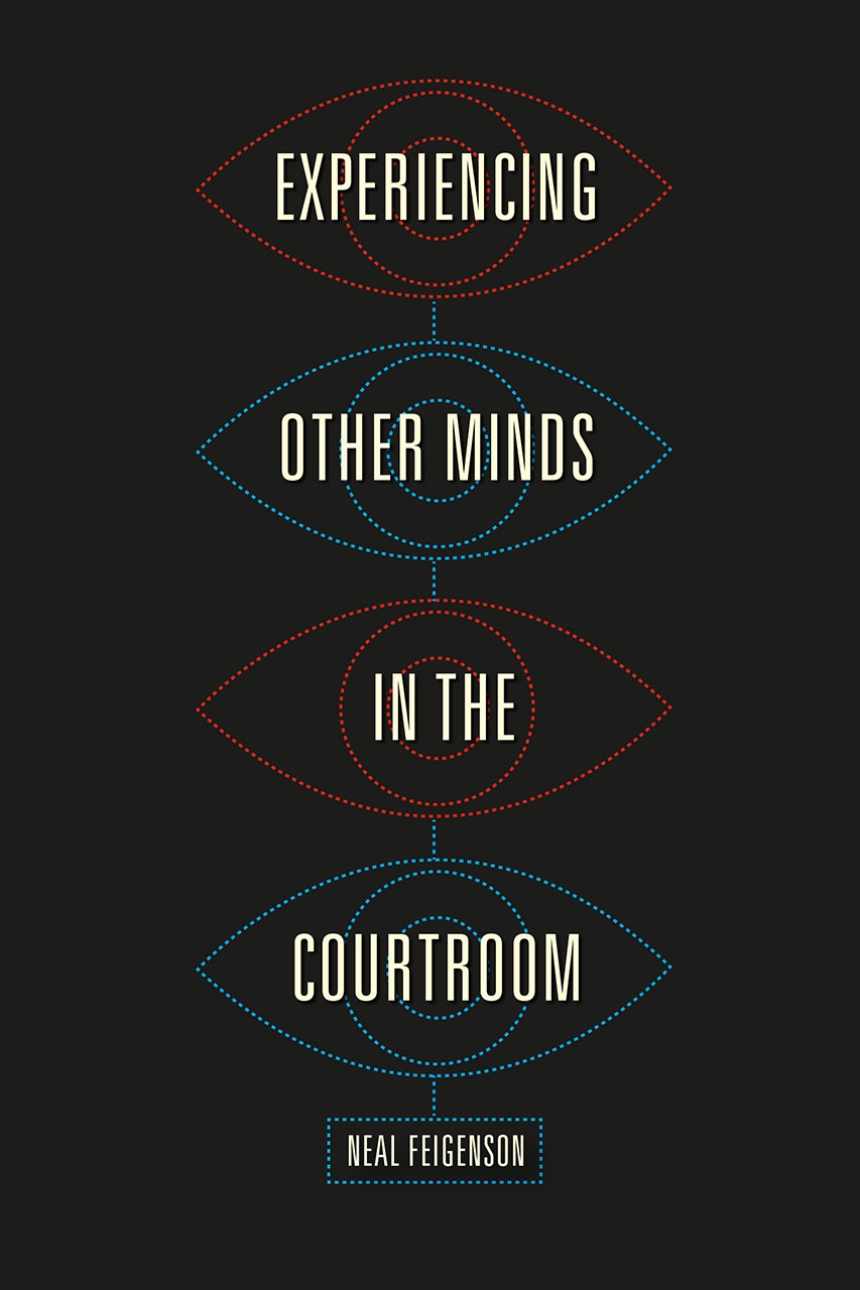Experiencing Other Minds in the Courtroom
Sometimes the outcome of a lawsuit depends upon sensations known only to the person who experiences them, such as the buzzing sound heard by a plaintiff who suffers from tinnitus after an accident. Lawyers, litigants, and expert witnesses are now seeking to re-create these sensations in the courtroom, using digital technologies to simulate litigants’ subjective experiences and thus to help jurors know—not merely know about—what it is like to be inside a litigant’s mind. But with this novel type of evidence comes a host of questions: Can anyone really know what it is like to have another person’s sensory experiences? Why should courts allow jurors to see or hear these simulations? And how might this evidence alter the ways in which judges and jurors do justice?
In Experiencing Other Minds in the Courtroom, Neal Feigenson turns the courtroom into a forum for exploring the profound philosophical, psychological, and legal ramifications of our efforts to know what other people’s conscious experiences are truly like. Drawing on disciplines ranging from cognitive psychology to psychophysics to media studies, Feigenson harnesses real examples of digitally simulated subjective perceptions to explain how the epistemological value of this evidence is affected by who creates it, how it is made, and how it is presented. Through his close scrutiny of the different kinds of simulations and the different knowledge claims they make, Feigenson is able to suggest best practices for how we might responsibly incorporate such evidence into the courtroom.
In Experiencing Other Minds in the Courtroom, Neal Feigenson turns the courtroom into a forum for exploring the profound philosophical, psychological, and legal ramifications of our efforts to know what other people’s conscious experiences are truly like. Drawing on disciplines ranging from cognitive psychology to psychophysics to media studies, Feigenson harnesses real examples of digitally simulated subjective perceptions to explain how the epistemological value of this evidence is affected by who creates it, how it is made, and how it is presented. Through his close scrutiny of the different kinds of simulations and the different knowledge claims they make, Feigenson is able to suggest best practices for how we might responsibly incorporate such evidence into the courtroom.
240 pages | 11 halftones, 1 table | 6 x 9 | © 2016
Law and Legal Studies: General Legal Studies, Legal Thought
Psychology: General Psychology, Social Psychology
Reviews
Table of Contents
Chapter One: Simulating Subjectivity
Chapter Two: Knowing Other Minds, Simulating Worlds
Chapter Three: Simulations as Evidence: Conceptual and Legal Overview
Chapter Four: “That’s What I See!”
Chapter Five: The Science of Subjectivity
Chapter Six: Ex Machina
Chapter Seven: Judging the Person
Chapter Eight: The Future of Simulations
Acknowledgments
Notes
References
Index
Chapter Two: Knowing Other Minds, Simulating Worlds
Chapter Three: Simulations as Evidence: Conceptual and Legal Overview
Chapter Four: “That’s What I See!”
Chapter Five: The Science of Subjectivity
Chapter Six: Ex Machina
Chapter Seven: Judging the Person
Chapter Eight: The Future of Simulations
Acknowledgments
Notes
References
Index
